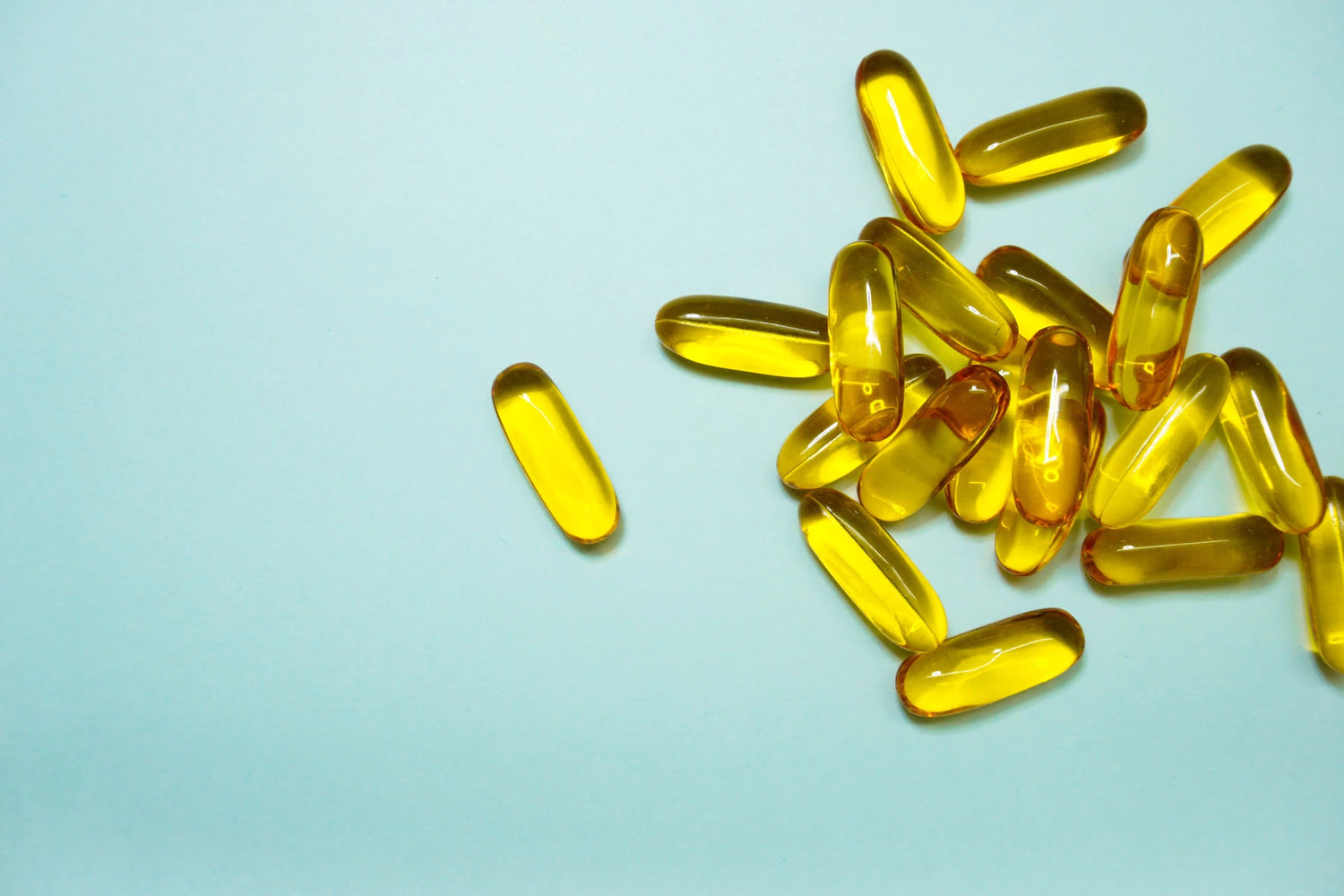f you're struggling to lose weight and get discouraged every time you step on the scale, you're not alone. According to the CDC, nearly 50% of adults tried to lose weight in the last twelve months.
The trouble is, many people don't understand fat loss vs. weight loss. As a result, they might find that they're not hitting their goal weight no matter how hard they try!
So, are you ready to learn a little bit more about weight loss and fat loss? Check out this fat loss and weight loss guide to learn everything you need to know.
What Is Weight Loss?
To understand the differences between fat loss and weight loss, we need to define each one of these terms. Let's start by defining weight loss.
Weight loss is simply a reduction in your total body mass. When you notice that the number on the scale drops, you're losing weight. However, the weight you're losing could be due to fat, muscle, or water loss.
Since water makes up about 60% of the human body, you're often losing water in the body rather than losing fat. In other words, your body loses fluid and causes you to drop in weight.
Many times, fluid retention occurs in the body and hikes up the number on the scale. That could be due to hormonal imbalances, a diet high in sodium, or eating too many carbohydrates.
Moreover, people who restrict their calories to help spur weight loss also tend to eat fewer carbohydrates. That can help the body release water that it's been storing, leading to a lower number on the scale.
What Is Fat Loss?
Now that you understand weight loss, let's talk about fat loss. Fat loss can actually cause weight loss as well, although it's not the same as weight loss overall.
When you weigh yourself, most scales will just tell you that you've dropped in body weight. They won't specify whether you've dropped in your total body fat or not.
However, the goal with weight loss should be fat burning. When you burn fat, you reduce the unhealthy weight in your body and keep the muscle and water that your body needs to stay healthy.
Understanding Body Fat Percentage
In order to measure your body fat percentage, you'll need to choose a measurement type. Here are a few common ways to measure body fat:
- Bioelectric Impedance Analysis (BIA)
- Smart scales
- Dual Energy X-ray Absorptiometry (DEXA)
- Skinfold Calipers
- Hydrostatic Weighing
The most accurate and comprehensive way to measure your body fat percentage is using the DEXA scan. However, this scan can be pretty expensive and hard to find.
Another method you can use to measure your body fat is to buy a smart scale. Smart scales aren't always as accurate, but they can often give you important information about your overall body weight and fat content.
Another important tool for measuring body fat percentage is to measure your waist circumference. When you have waist circumferences greater than the average, you usually have excess belly fat, which can lead to a slew of health conditions.
Fat Loss vs. Weight Loss: Which Is Better?
Now that you know what fat loss is and what weight loss is, let's talk about which is better. In fact, it's important to note that there are a few negative health implications of having a low body mass.
These implications include:
- fatigue
- lowered metabolism
- issues with neuromuscular function
- emotional and psychological issues
- increased risk of injury
On top of that, the metabolic decline that occurs when you have lean body mass can actually cause you to regain fat mass. That can lead to unwanted changes in the body that don't positively affect you.
The best way to avoid these issues is to focus on losing fat rather than weight. When you lose fat rather than bodyweight, you make sure that your body has all the necessary nutrients and muscles to work properly.
Fat Loss Guide: How to Tell Fat Loss Apart from Weight Loss
If you're shedding the pounds but aren't sure that you're losing weight, there are a few easy ways for you to check on that. Healthcare professionals can check for you using specialized devices.
On top of that, there are a few methods you can use at home. These methods for checking your fat loss include:
- Body Fat Scales
- Calipers
- Tape Measures
- Body Mass Index (BMI) Measurements
- Waist-to-Hip Ratio
Remember that each of these methods has its advantages and disadvantages. The easiest way for you to check that you're losing body fat is to use a few different methods to check your progress and verify how much fat you're losing.
How to Maintain Muscle and Burn Fat
When it comes to burning fat and losing weight, you want to make sure that you maintain your overall muscle mass even as you shed pounds. That helps ensure that your body functions correctly.
A few diets that are low in carbs or high fiber can result in a loss of body weight but also lead to muscle degeneration. To make sure you don't suffer from this issue, it's better to eat a high-protein diet.
On top of that, taking certain dietary supplements can help you keep lean mass and burn fat. Incorporating these practices into your diet is a great way to ensure you get rid of body fat while maintaining a healthy mass.
Burn Body Fat Today
Now that you know a few key things about fat loss vs. weight loss, you're ready to start using this information to your benefit. With this guide, you're ready to start your weight loss journey and begin blasting away unwanted fat.
So, do you want to say goodbye to pesky fat once and for all? Place an order with our team for one of our diet and weight loss supplements to help boost your fat loss efforts!


